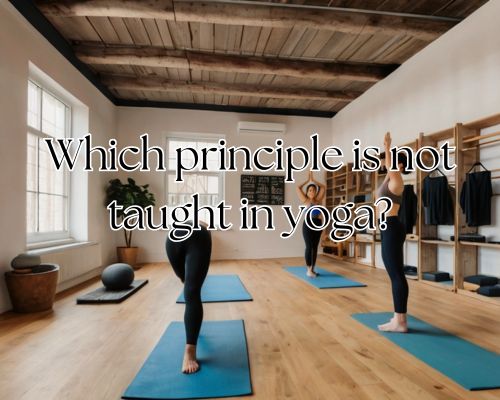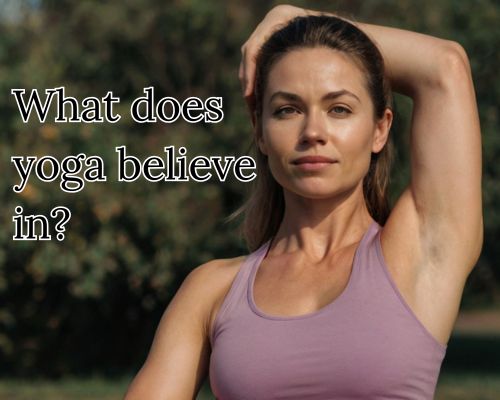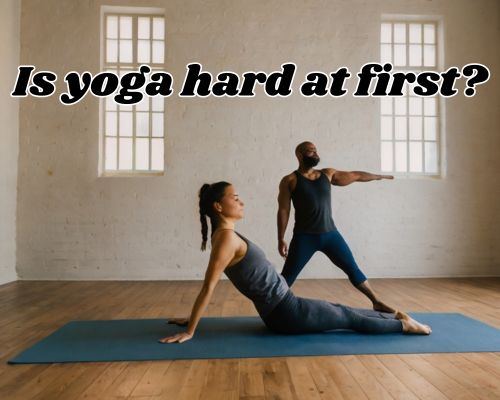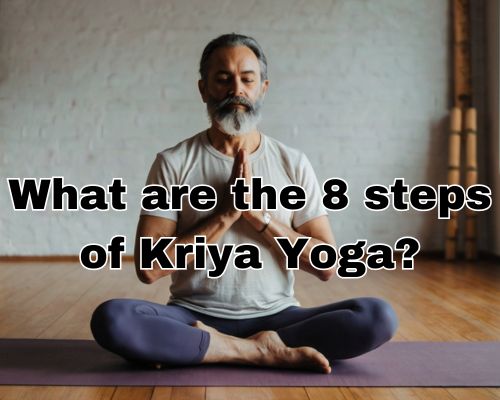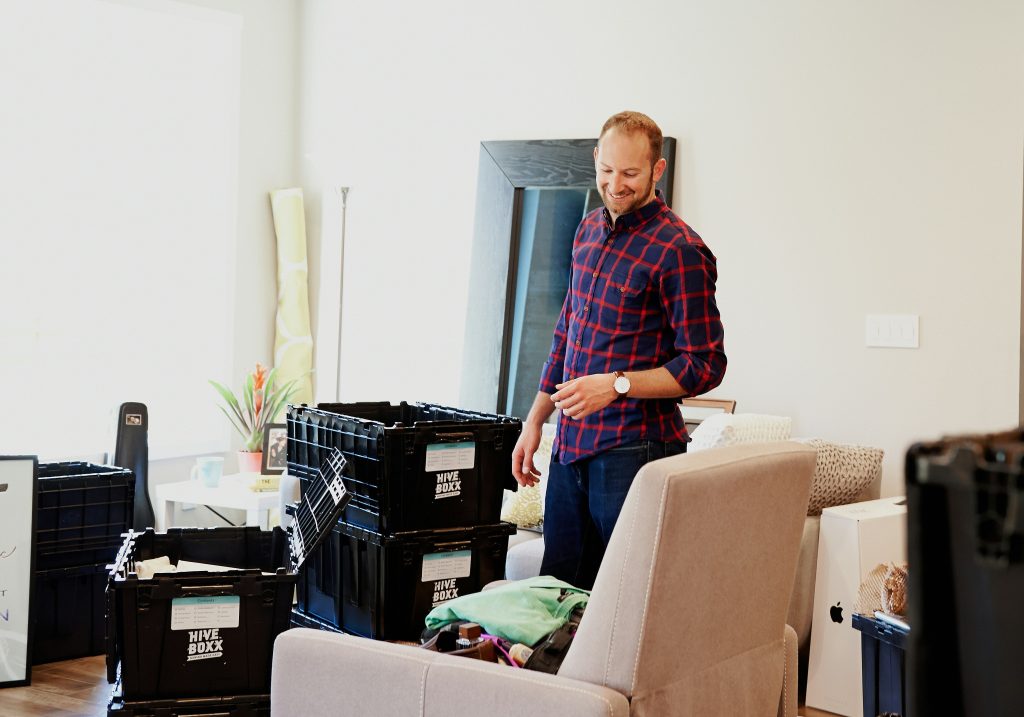Choosing the Right Movers for Your Ohio to Florida Move
Moving from Ohio to Florida is an exciting journey, but it can also be a daunting task. Whether you’re relocating for work, family, or a fresh start, selecting the right movers for the job is crucial to ensuring your move goes smoothly. To make the process easier, follow these simple steps to hire the best movers for your Ohio to Florida move.
Start with Research
When choosing movers for your relocation from Ohio to Florida, thorough research is key. Begin by asking friends, family, and coworkers for recommendations. Personal experiences can help you find trustworthy movers. You can also search online for companies that specialize in long-distance moves. Focus on movers that have excellent reviews and a strong reputation for providing outstanding service.
Check out online review platforms such as Google Reviews, Yelp, and the Better Business Bureau. These platforms will give you a clear idea of a company’s customer service, professionalism, and overall satisfaction. Take time to read through both positive and negative reviews to get a complete picture.
Verify Experience and Specialization
Experience is an important factor when hiring movers for a long-distance move. Choose movers who have experience with relocations from Ohio to Florida. A company with a proven track record will be well-equipped to handle the challenges of transporting your belongings over long distances.
Experienced movers will know how to manage the logistics of moving across state lines. They will have the necessary tools and knowledge to ensure your move is completed efficiently and safely.
Check Licensing and Insurance

Before hiring any moving company, always verify their licensing and insurance status. The best movers are licensed by the Federal Motor Carrier Safety Administration (FMCSA) or the Department of Transportation (DOT). This ensures they are legally permitted to handle long-distance moves and comply with safety regulations.
In addition, ask about the type of insurance they provide. Reliable movers offer various levels of insurance, which will cover your belongings in case of damage or loss. Be sure to ask for details about coverage and select the option that best suits your needs.
Get Multiple Quotes
To avoid overpaying for your move, it’s essential to get quotes from at least three different moving companies. Ensure each quote includes a detailed breakdown of all services and costs. Some movers may offer additional services, such as packing or storage, which can affect the total price.
Be cautious of movers that provide extremely low quotes. Sometimes, these low rates can be misleading and lead to hidden fees. Transparent and honest movers will provide an all-inclusive estimate, leaving no room for surprises.
Review Customer Service
When selecting movers for your move from Ohio to Florida, consider their customer service. Good customer service is essential for a smooth experience. Reliable movers will be easy to contact, answer your questions promptly, and provide clear communication throughout the process.
Test their customer service by calling or emailing the company before making a commitment. Please pay attention to how quickly they respond and whether they provide helpful information. Strong customer support will ensure that any issues or concerns are addressed promptly.
Look for Flexibility in Scheduling
Long-distance moves often require flexibility. Ask potential movers about their availability and how they handle scheduling. Some moving companies may offer specific delivery windows, while others might be able to accommodate a more flexible timeline. Discuss your preferred move date and ask if they can meet your needs.
Flexibility is essential if you have a specific date in mind for the move. The best movers will work with you to ensure a smooth and timely transition.
Ensure Proper Equipment and Tools
For a successful move from Ohio to Florida, ensure that the moving company has the right equipment and tools. The company should use modern, well-maintained trucks that can handle the journey. Additionally, verify that they have the necessary packing materials to protect your items during transport.
If you have large or fragile items, consider requesting specialty services, such as custom crating or special handling for valuable items. The right equipment will ensure your belongings are safely transported.
Consider Storage Options
Sometimes, your new home may not be ready for all your belongings. If that’s the case, inquire about storage options provided by the moving company. Many movers offer short-term or long-term storage solutions that can help you store your items until you’re ready for them.
Storage can be beneficial if you’re relocating to Florida but can’t immediately move into your new home. Ensure the moving company offers secure storage that meets your needs.
Plan Ahead
Once you’ve selected the right moving company, start preparing for the move well in advance. Create a checklist to track your progress, including tasks like packing, arranging for utilities, and confirming your move date. Keep a detailed record of all communication with the movers and confirm the moving date several days in advance of the scheduled time.
By planning and staying organized, you’ll reduce the chances of encountering any last-minute problems during the move.
Frequently Asked Questions
Q: How far in advance should I book my movers for a move from Ohio to Florida?
It’s recommended to book your movers at least 4 to 6 weeks in advance. This will help you secure your preferred dates and provide you with ample time to prepare.
Q: How much does it cost to move from Ohio to Florida?
The cost of moving from Ohio to Florida typically ranges from $1,500 to $4,000. This depends on factors such as the size of your move, the distance, and the services you need. Be sure to request detailed quotes for an accurate estimate.
Q: Can I pack my items, or should I hire a moving company to do it for me?
You can pack your items, but hiring movers to pack can offer better protection, especially for fragile or high-value items. Professional movers have the necessary materials and experience to pack your belongings securely.
Q: What should I do if my belongings are damaged during the move?
If any of your items are damaged, contact the moving company right away. Most moving companies offer insurance options to cover damage, and they’ll guide you through the claims process.

Choosing the right movers for your Ohio to Florida relocation doesn’t have to be difficult. By following this guide, you can select a reliable, experienced moving company that will take the stress out of your move. Start your research early, compare quotes, and ensure you choose movers that offer the right services, insurance, and customer support for a smooth transition to your new home.
Buzzmoving works with trusted movers nationwide to offer professional and dependable moving services. Get a free quote today and uncover personalized solutions for your move.

